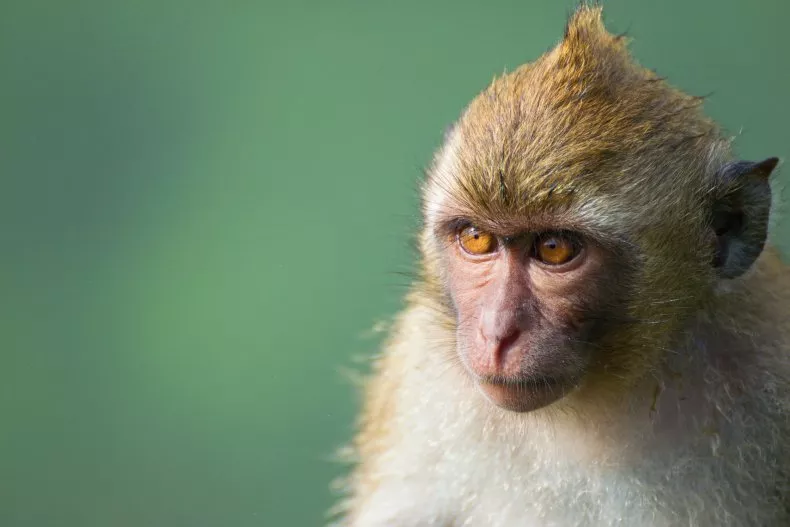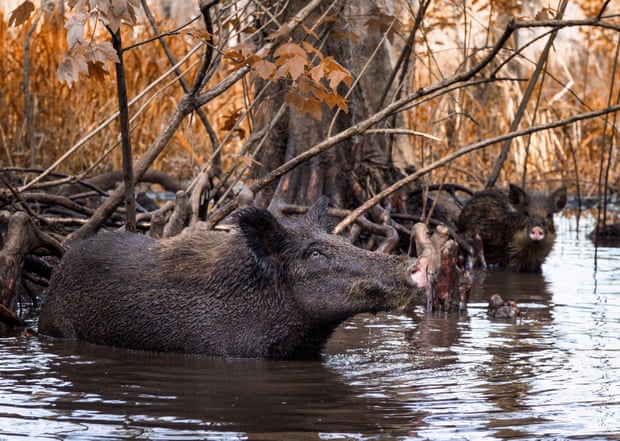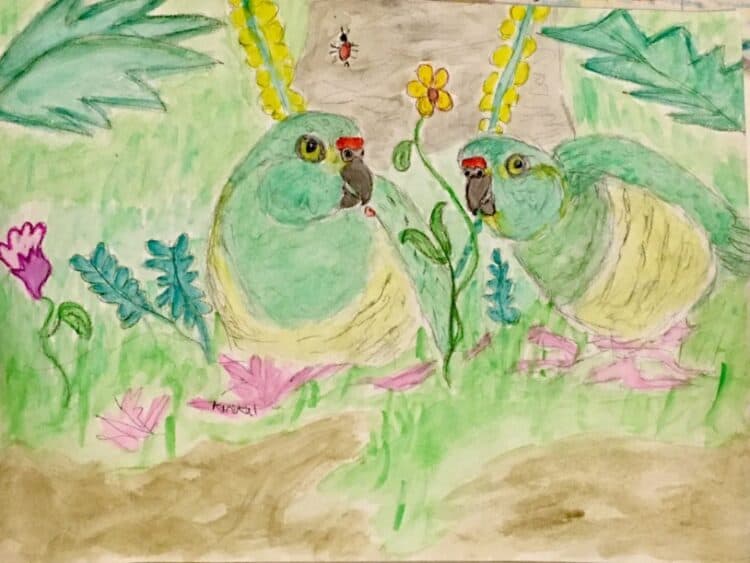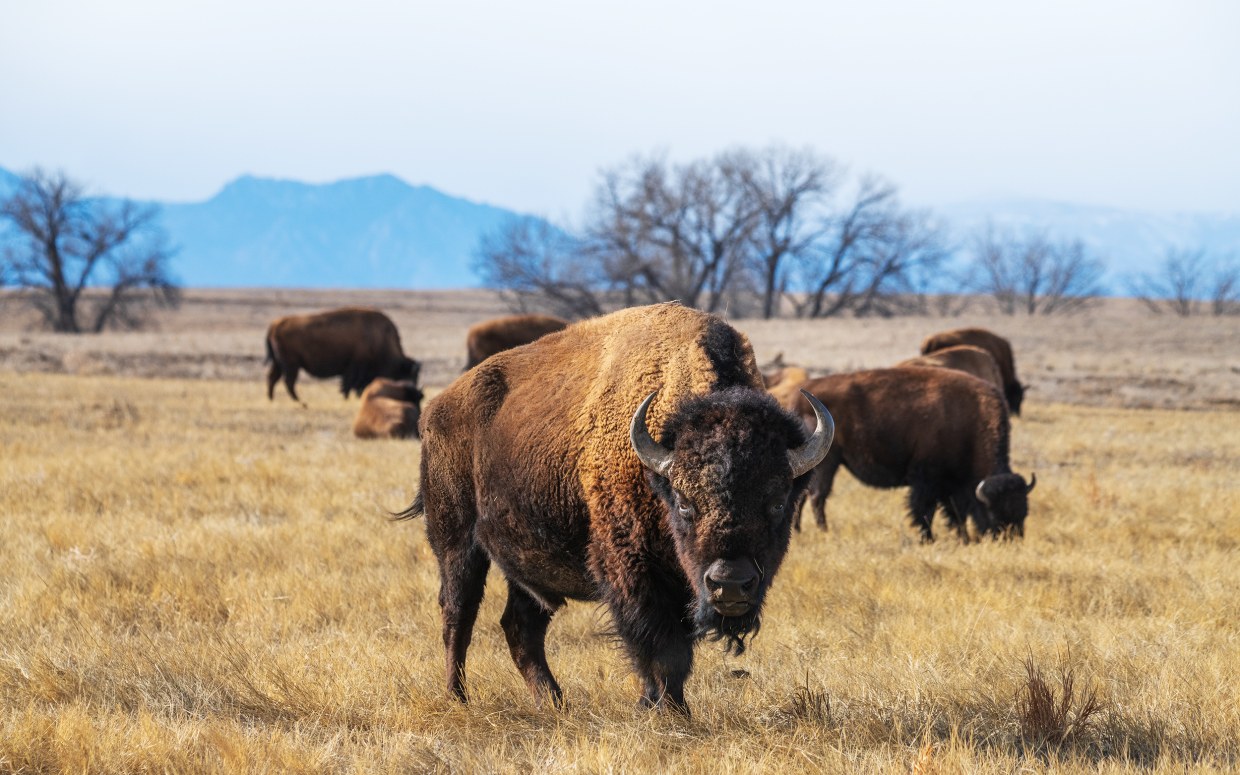The most threatening, potential invasive species to Florida have been revealed by scientists.
When thinking of invasive species in Florida, many may instantly think of the Burmese python—probably the most infamous of all invasive species in the state. The serpents slither freely across the Everglades, feasting on native wildlife and threatening the surrounding environment. This is just one example of how destructive invasive wildlife can be to delicate ecosystems.
The state has previously been described as “ground zero” for invasive species in the U.S., by the director of the Invasion Science Research Technique at the Intergovernmental Science-Policy Platform on Biodiversity and Ecosystem Services.
The new study, which is the first of its kind, was published in the journal Ecosphere and lists the potential invasive species that would pose the greatest threat to the state. And some had previously not been on scientists’ radar.
One of the main species that stood out to scientists was the crab-eating macaque monkey.
“The one that wasn’t even on my radar was the macaque,” Deah Lieurance, who led the project as a coordinator of the UF/IFAS Assessment of Non-Native Plants, said in a press release. “But they’re already in the state in captivity, and as their name says, they’re good at eating crabs. This means they would have an impact on our native biodiversity. Plus, their relative, the rhesus macaque, is already established in the state, and these crab-eating macaques also are likely to host the same [herpes B] virus found in the Silver Springs State Park populations.”
To evaluate each species according to risk, researchers developed a scanning method that gave each a score based on: the likelihood of it arriving in the state, its potential to establish itself and spread, its ecological harm, and the human health risks they posed.
Alongside the crab eating macaque, other species deemed to pose the most threat to the state were the alewife fish, the zebra mussel, and the red swamp crayfish.
“Invasive species management tends to be reactive, instead of preventative,” Lieurance, who is now an assistant professor of invasive species biology and management at Penn State University, said. “This was the reason behind this project: to protect Florida’s natural areas, while also saving the money and effort that would go into management strategies.”
But, these threats are changing all the time.
Lieurance noted that in the time since the study was finished, a new threat has appeared on the horizon—the yellow-legged hornet. The predator has recently been found in Savannah, Georgia, not far from the border with Florida. This species was not evaluated in the study, but Lieurance said that it would have appeared as high risk if their scan was done today.
“Now that we have a list, the process next time would involve reviewing what’s there and seeing what new things are coming in, or have the potential to appear,” Lieurance said.
A team from the United States Geological Survey also took part in the research, and will be bringing this scan technique to a federal level.
“As the saying goes, an ounce of prevention is worth a pound of cure,” Lieurance said. “The majority of prevention efforts are initiated when the species has already been detected and often when it’s too late. This project strives to keep concerning species out and truly protect Florida’s biodiversity, unique ecosystems, socioeconomic infrastructure, and human well-being.”
This article by Robyn White was first published by Newsweek on 18 December 2023. Lead Image: A stock photo shows a crab-eating macaque monkey, one of the species determined to pose a significant invasive species threat to Florida. TUNATURA/GETTY.
What you can do
Help to save wildlife by donating as little as $1 – It only takes a minute.







Leave a Reply